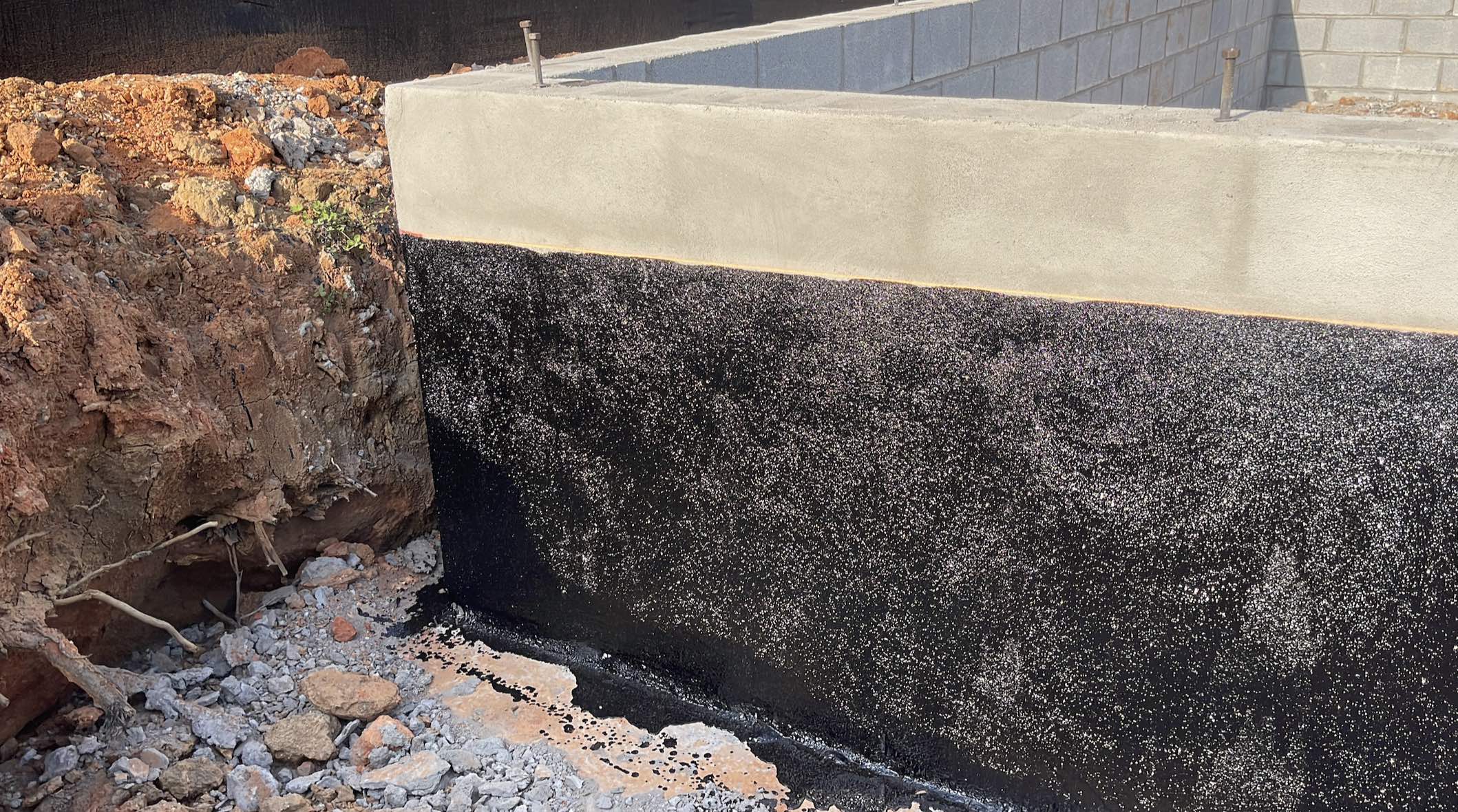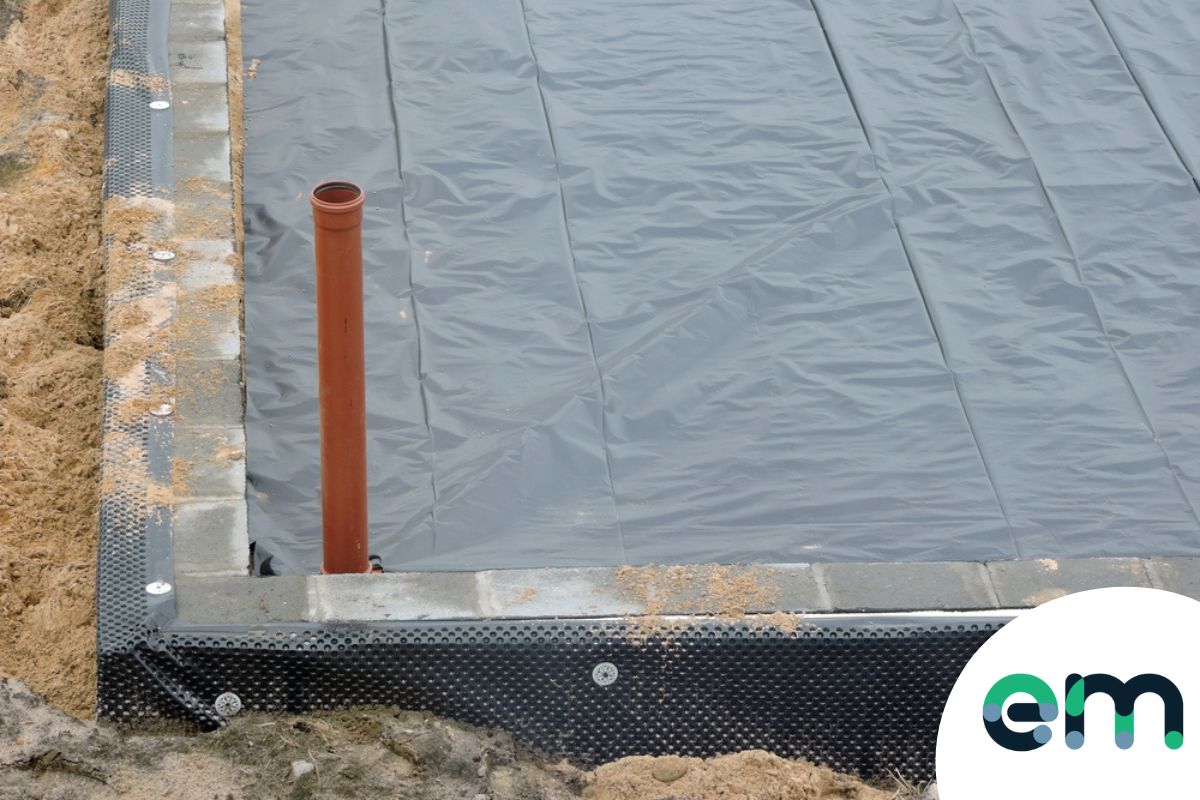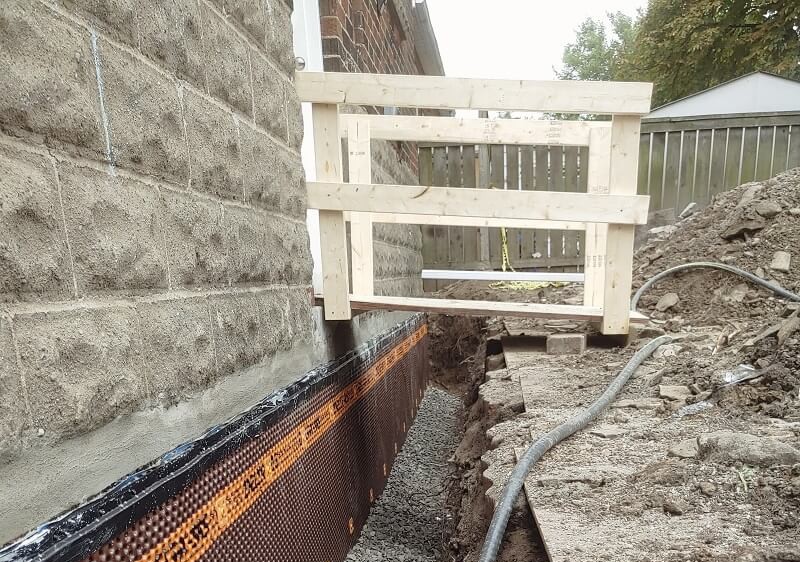Essential methods for mould removal newcastle that actually help
Essential methods for mould removal newcastle that actually help
Blog Article
Checking Out the Numerous Techniques and Solutions for Effective Damp Proofing
Moisture in buildings presents substantial difficulties to both architectural integrity and interior air high quality. Numerous strategies and options have actually emerged to combat this pervasive issue. From traditional damp-proof membrane layers to cutting-edge chemical treatments, each approach provides unique advantages. Recognizing these choices is essential for effective wetness control. Selecting the right option depends on certain structure problems and demands, prompting further expedition into the most efficient wet proofing methods readily available.
Comprehending the Root Causes Of Wetness
Although moisture can develop from various sources, comprehending these causes is crucial for reliable removal. Commonly, moisture stems from 3 key resources: increasing damp, penetrating damp, and condensation. Increasing moist happens when groundwater takes a trip upwards with permeable products, such as brick or rock, usually because of a lack of a reliable obstacle (mould treatment newcastle). Passing through wet is usually brought on by outside variables, consisting of roof leaks, damaged rain gutters, or harmed wall surfaces, permitting water to infiltrate a property. Condensation, on the various other hand, results from excess moisture in the air, typically exacerbated by bad air flow and temperature level differences, resulting in water beads developing on surfaces. Identifying these underlying problems is essential, as each kind of wetness calls for a customized method for removal. Proper evaluation helps in figuring out the most effective solutions, ultimately securing the structural stability of a building and boosting indoor air high quality
Conventional Damp-Proof Membranes

Chemical Damp-Proofing Solutions
Chemical damp-proofing solutions use a cutting-edge strategy to avoiding moisture breach in buildings. These approaches commonly entail the application of liquid chemicals that pass through masonry and develop an obstacle against climbing moist. Typically made use of chemicals include silanes, siloxanes, and various other water-repellent agents that respond with surface products to develop a hydrophobic layer.The application process generally needs boring holes into the wall surfaces, injecting the chemical remedy, and permitting it to heal. This method is especially helpful for older structures where conventional damp-proof membranes might be not practical. Additionally, chemical damp-proofing can be less disruptive and much more cost-efficient than comprehensive restoration projects.While efficient, these options depend on proper application and environmental problems for peak performance. Routine maintenance and monitoring are vital to guarantee the durability of the damp-proofing treatment. Generally, chemical damp-proofing stands for a versatile alternative for guarding buildings versus moisture-related damage
Cavity Wall Building Techniques
Cavity wall surface building and construction methods offer various benefits, specifically in moisture control and power effectiveness. By including an air void between 2 layers of masonry, these wall surfaces efficiently minimize water access while boosting insulation. This combination not just secures structures from dampness however additionally adds to reduced energy intake.
Advantages of Tooth Cavity Wall Surfaces
When thinking about efficient moist proofing approaches, the benefits of tooth cavity wall surfaces stick out plainly. Tooth cavity wall surfaces include 2 separate layers, creating an air void that properly reduces moisture penetration. This layout decreases the threat of dampness, as the external wall surface functions as an obstacle against rain and water access. Furthermore, tooth cavity walls improve thermal insulation, which contributes to energy efficiency by reducing warm loss. They additionally offer sound insulation, assisting to produce a quieter interior atmosphere. Moreover, the air void enables ventilation, which assists in moisture control and minimizes the likelihood of mold development. These benefits not just improve the total comfort of a structure but likewise add to its durability and structural honesty.
Wetness Control Strategies
Effective dampness control strategies are crucial in tooth cavity wall construction to ensure lasting security against dampness. One primary approach includes the unification of weep holes, which promote water drain from the cavity, protecting against build-up. Furthermore, making use of breathable membrane layers can help handle moisture degrees while allowing caught vapor to run away. Proper placement of insulation is additionally vital, as it needs to not obstruct water drainage paths. In addition, ensuring that the outer leaves of the dental caries wall surface are constructed with water-resistant products improves total longevity. Routine maintenance checks are vital to determine any type of obstructions or damage early, safeguarding the framework's integrity. Inevitably, a combination of these strategies forms a durable defense against dampness intrusion in dental caries wall surfaces.
Insulation and Energy Efficiency
Insulation plays an important role in boosting energy efficiency within tooth cavity wall construction. By including shielding products, these walls create a thermal obstacle that reduces heat loss and reduces power consumption. Efficient insulation not just assists keep a secure interior temperature level however likewise minimizes the threat of moisture, as it avoids condensation within the wall surface cavity. Various methods, such as using inflexible foam boards or mineral woollen, can be used to attain excellent insulation efficiency. Additionally, appropriate installment is vital to guarantee that voids and gaps are lessened, which can or else jeopardize energy effectiveness. Inevitably, a well-insulated cavity wall surface contributes significantly to general sustainability and lowers heating & cooling costs for property owners.
Exterior Damp Proofing Approaches
Outside wet proofing techniques are vital for shielding structures from moisture infiltration. 2 effective methods consist of the application of water-proof membrane layers and the installment of French drains pipes. These solutions assist minimize water accumulation and preserve the integrity of structures.
Waterproof Membrane Layer Application
While numerous approaches exist for avoiding moisture access, the application of waterproof membranes stays a very reliable external moist proofing technique. These membranes are commonly made from materials such as polyethylene, rubber, or changed bitumen, offering a robust barrier against water infiltration. The setup process includes applying the membrane layer to the exterior surface areas of walls or structures, making sure complete coverage to stop leakages. Proper attachment and securing at joints are important to taking full advantage of performance. Waterproof membrane layers can be applied in numerous forms, consisting of liquid finishes and sheet membranes, enabling versatility based on the particular demands of the structure. This technique not only safeguards structures from dampness but also enhances their long life and architectural stability.
French Drain Setup
One reliable technique for handling groundwater and preventing wetness build-up around a building's foundation is the installment of a French drainpipe. This drain system includes a trench full of crushed rock and a perforated pipe that redirects surface water away from the structure. Correct installation needs cautious preparation, guaranteeing that the drainpipe inclines away from the framework to facilitate suitable water circulation. Additionally, the location of the drainpipe is crucial; it needs to be placed in locations vulnerable to merging or excess dampness. Normal upkeep, including clearing particles from the crushed rock and making certain the pipe stays unblocked, is essential for long-lasting efficiency. Eventually, a well-installed French drain can significantly reduce the danger of water-related issues in structures and cellars.
Interior Waterproofing Techniques
Inside waterproofing methods are vital for securing a structure's interior from wetness infiltration and prospective water damages. These methods typically involve the application of specific materials and methods designed to create a dampness barrier within the framework. One common strategy is the usage of waterproof finishings or sealants on wall surfaces and floors, which avoid dampness from penetrating surfaces.Additionally, setting up indoor drain systems, such as sump pumps, can successfully manage water accumulation in cellars and crawl spaces. One more method entails making use of vapor obstacles, which are set up to prevent wetness motion from the ground right into living spaces.Moreover, resolving any type of splits or spaces in wall surfaces or structures with proper sealants guarantees a thorough defense against water breach. By carrying out these interior waterproofing strategies, residential property owners can significantly reduce the threat of mold growth, structural damage, and various other moisture-related concerns. Appropriate execution of these methods is necessary for long-lasting security and structure integrity.
Normal Upkeep and Evaluation Practices
Regular upkeep and inspection practices are essential for ensuring the lasting efficiency of moist proofing services in any kind of building. Routine checks allow residential or commercial property proprietors to identify early signs of wetness breach, such as peeling paint, mold development, and moldy odors. These indicators can signify underlying issues that require instant attention.Inspections should be carried out a minimum of every year, concentrating on vulnerable locations like cellars, creep areas, and outside walls. During these assessments, homeowner must examine sealants, drain systems, and air flow to confirm they operate correctly.Additionally, maintaining gutters and downspouts is essential, as blocked systems can lead to water buildup near the foundation. Executing a normal upkeep timetable, in addition to timely repairs, can significantly expand the lifespan of wet proofing measures and safeguard the architectural stability of the structure. Aggressive steps eventually add to the general wellness and safety of the living setting.
Often Asked Questions
For How Long Does Damp Proofing Usually Last?
The duration of damp proofing effectiveness varies, normally lasting in between 20 to 50 years. Variables such as application quality, ecological conditions, and maintenance practices substantially affect the longevity of the wet proofing treatment.

Can I Damp Proof My Home Myself?
The private pondered the feasibility of DIY damp proofing. With appropriate research study and the right materials, it is feasible. They also identified the significance of expert guidance to assure resilient effectiveness and protect against future concerns.
What Are the Indications of Ineffective Damp Proofing?
Indicators of ineffective damp proofing include consistent musty odors, visible mold growth, peeling paint, damp spots on wall surfaces, and timber degeneration - damp specialist newcastle. House owners need to resolve these problems quickly to stop additional damage and health worries
Does Damp Proofing Affect Indoor Air High Quality?

Just How Much Does Specialist Damp Proofing Cost?
Expert damp proofing costs differ considerably, commonly varying from $1,000 to $5,000 relying on the residential property's size, the degree of the damp issue, and picked approaches. Each situation needs a tailored evaluation for accurate prices. Typically, wetness stems from three key resources: increasing moist, passing through wet, and condensation. When considering effective wet proofing techniques, the advantages of cavity walls stand out plainly. Exterior moist proofing methods are necessary for securing frameworks from wetness seepage. While various methods exist for stopping wetness access, the application of water-proof membrane layers stays a very efficient external moist proofing method. Indications of website inefficient damp proofing include persistent musty odors, visible mold and mildew development, peeling paint, wet spots on walls, and timber decay.
Report this page